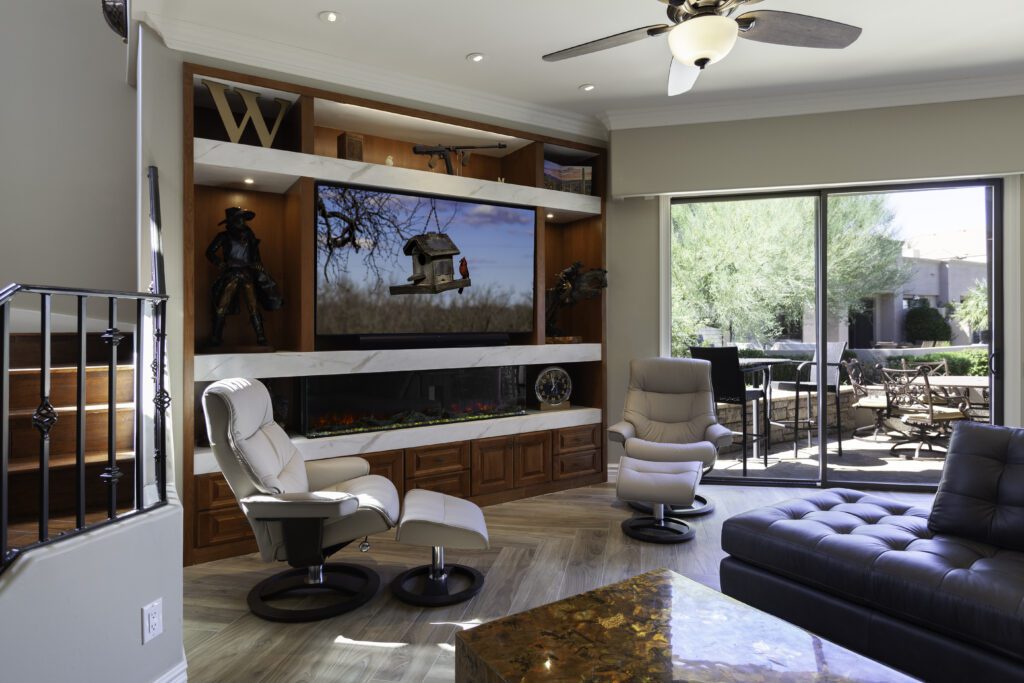Archive for May 2023
10 LIVING ROOM FEATURES PROS ALWAYS RECOMMEND
Kitchens and bathrooms get a lot of remodeling attention. But there’s been a surge of interest in living room updates in recent years. Many living room features are typically less expensive than the major changes often involved in kitchen and bathroom renovations. And the pandemic has changed the way many people want to live in their…
Read More6 TIPS FOR MAKING YOUR REMODEL MORE SUSTAINABLE
Whether you’re remodeling or building from scratch, it’s a great opportunity for making your home more sustainable (environmentally friendly). From finding local materials to designing easy-to-clean spaces with an eye to the future, here are six expert insights you need to know if you’re eager to go green. Making Your Home More Sustainable 1. Look…
Read More

